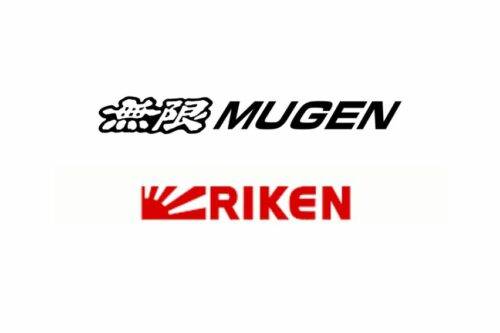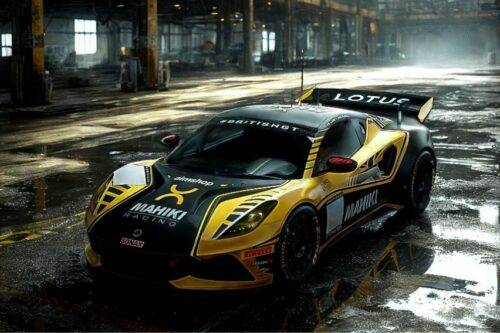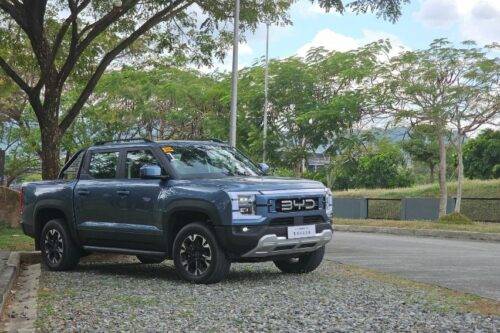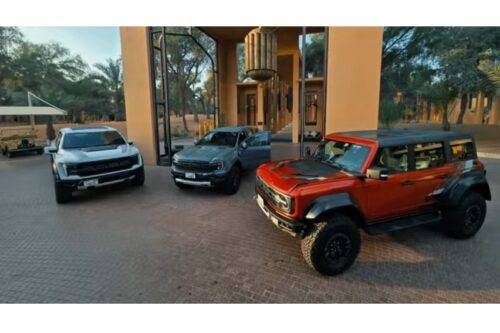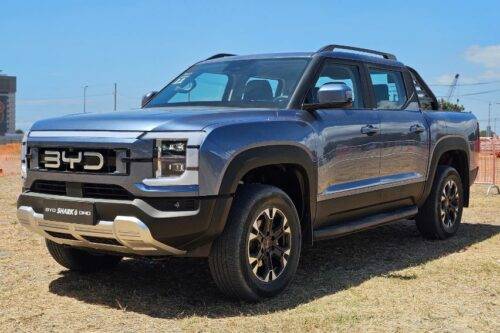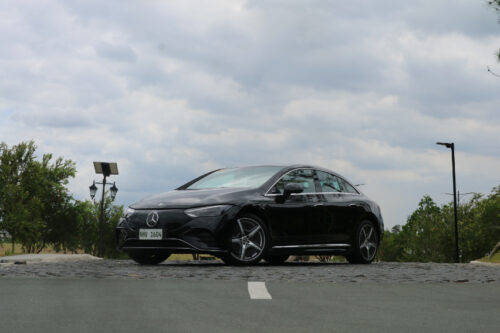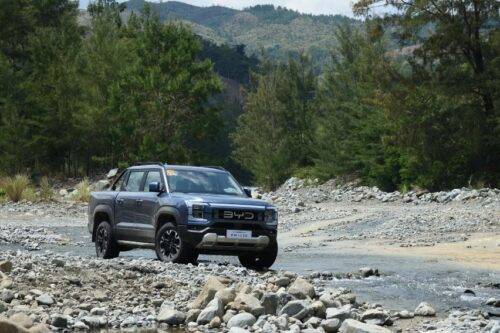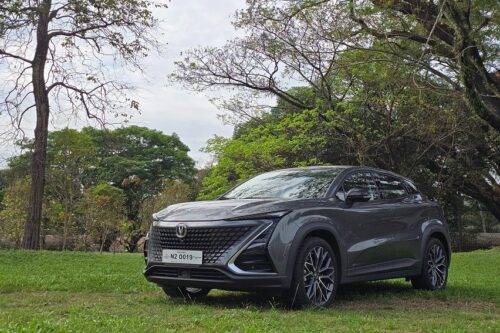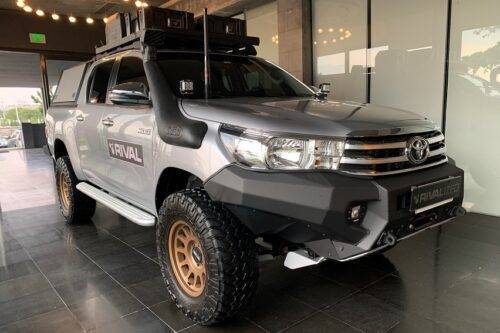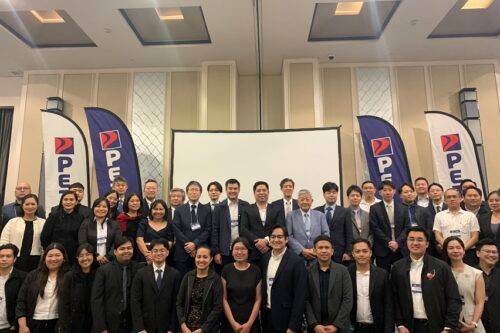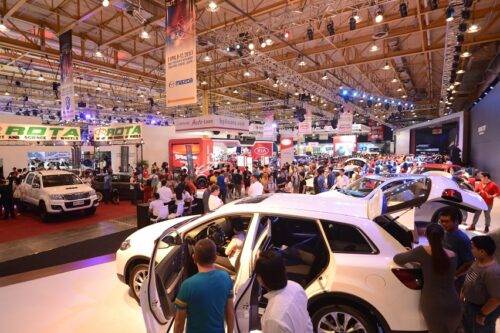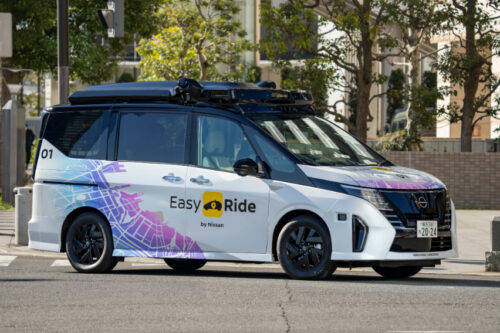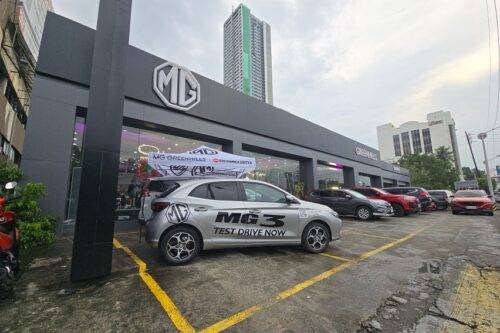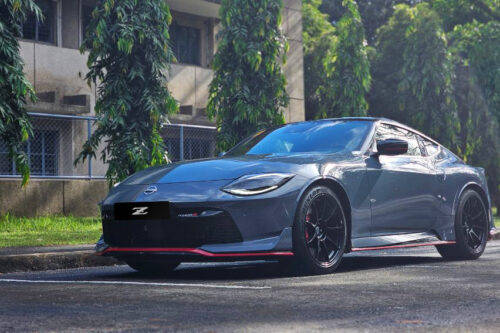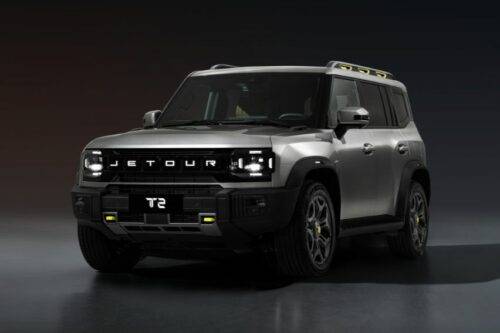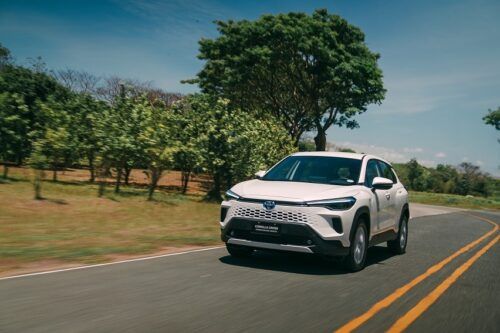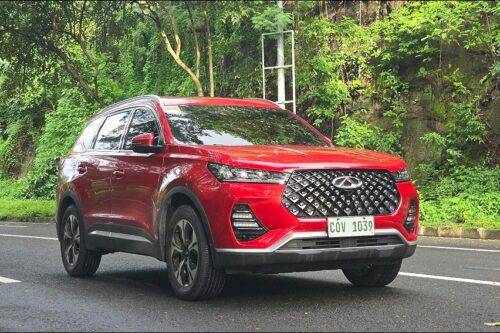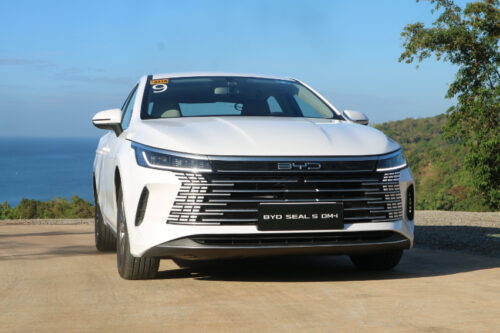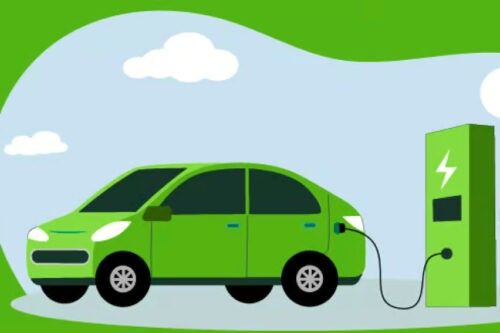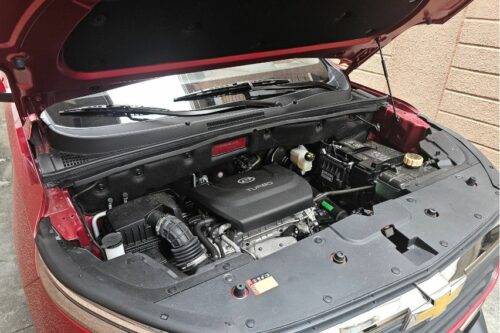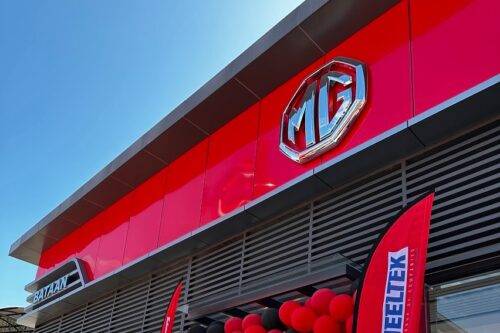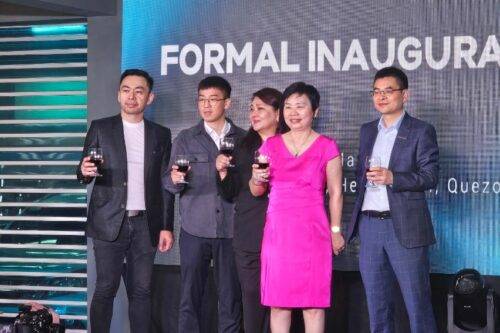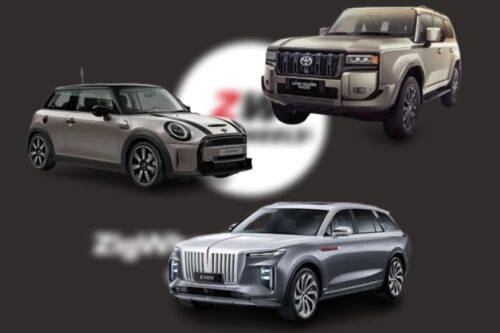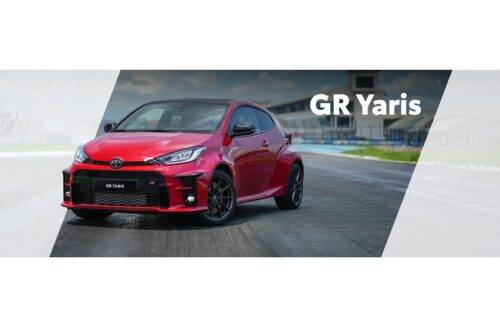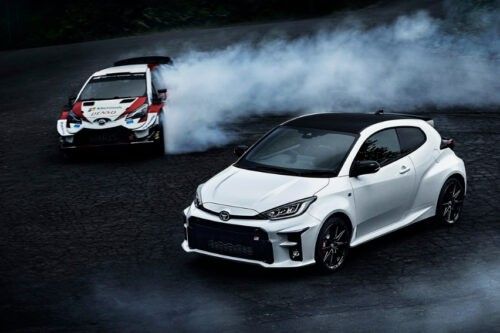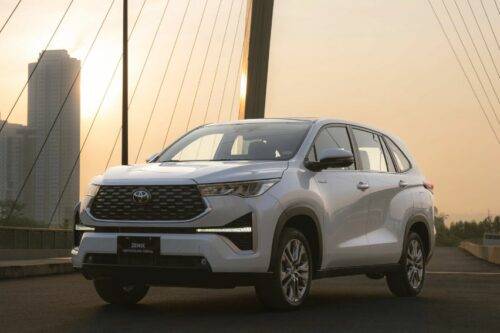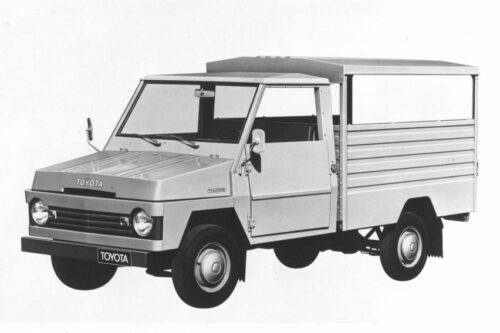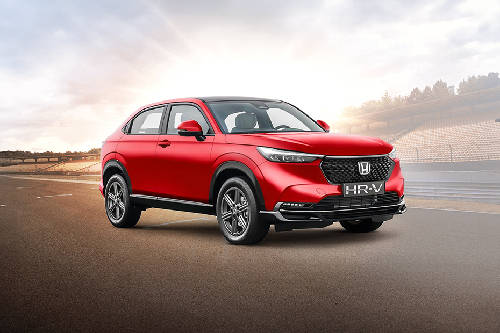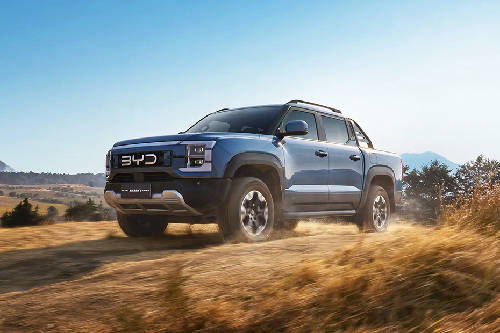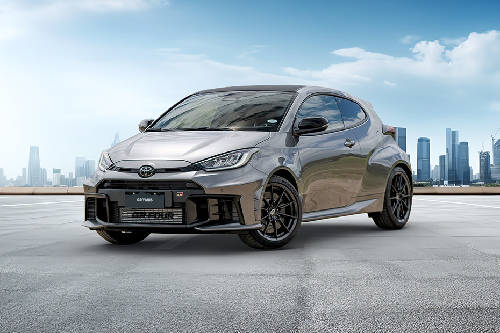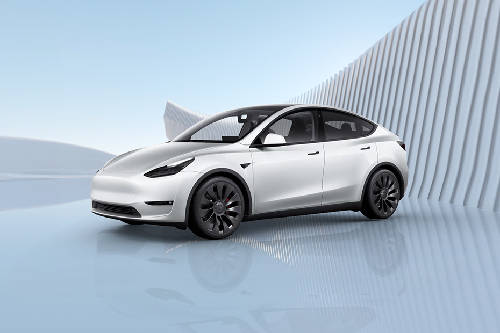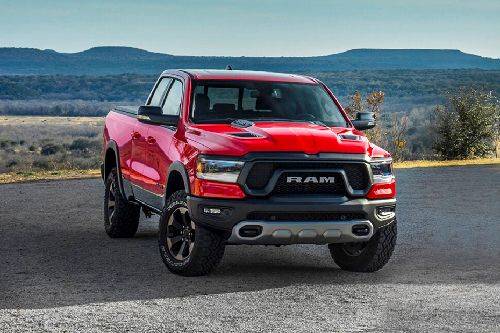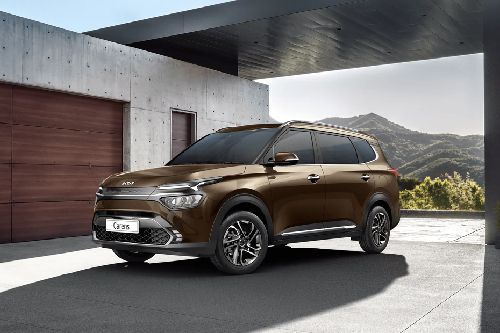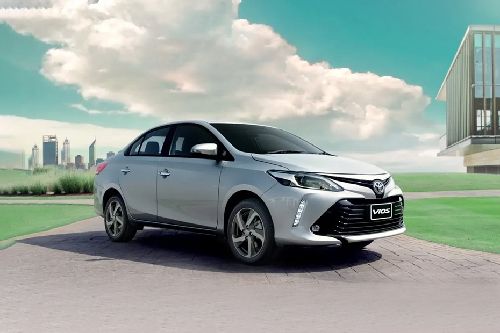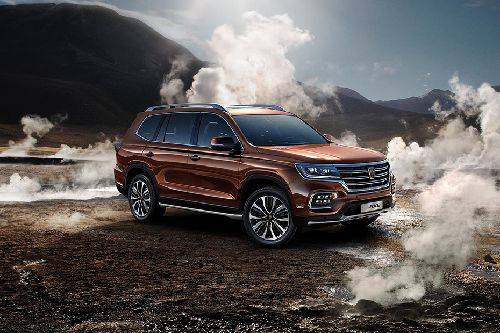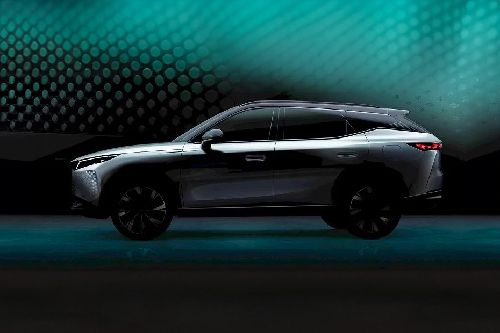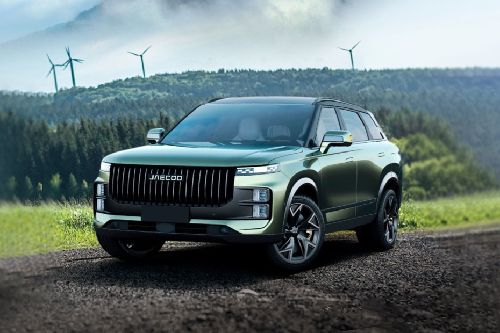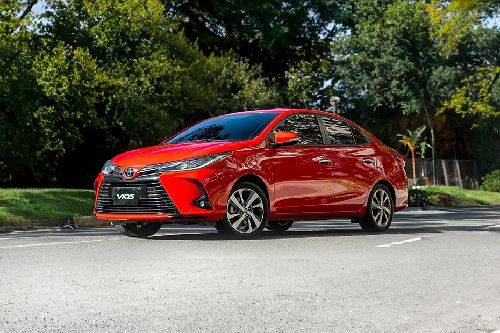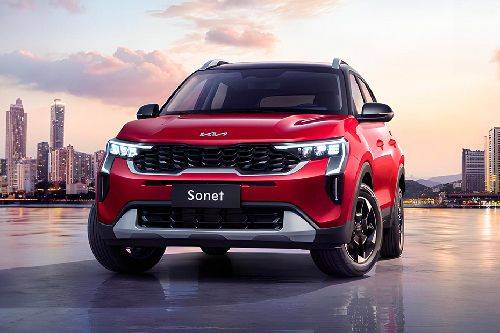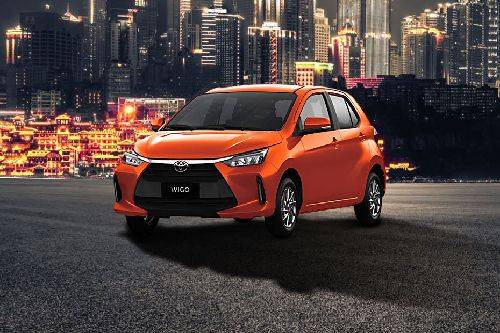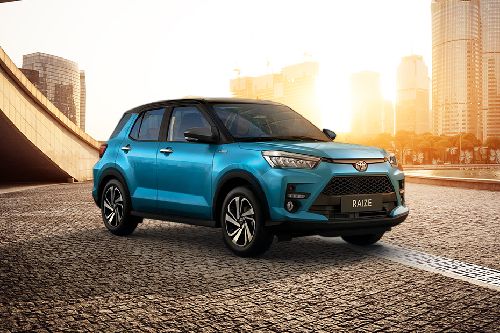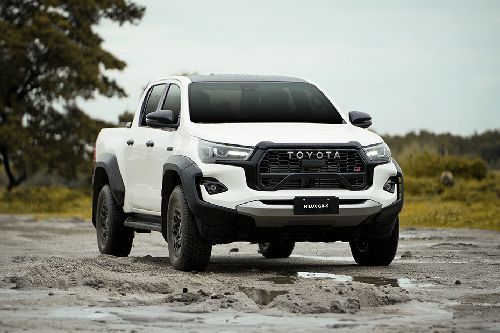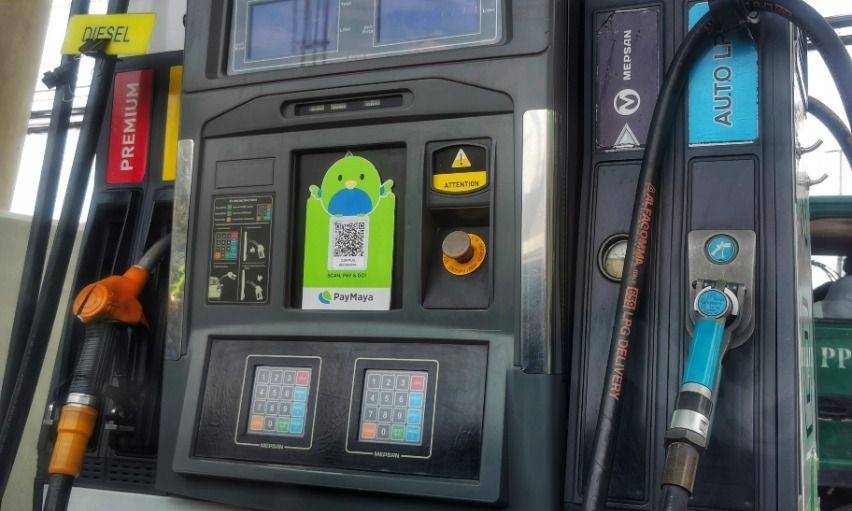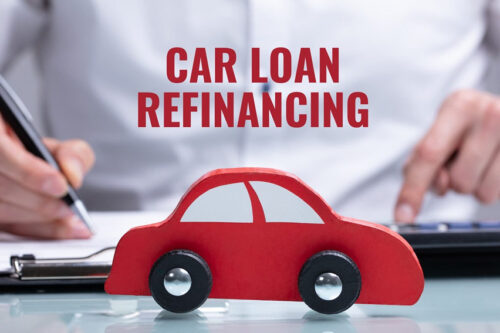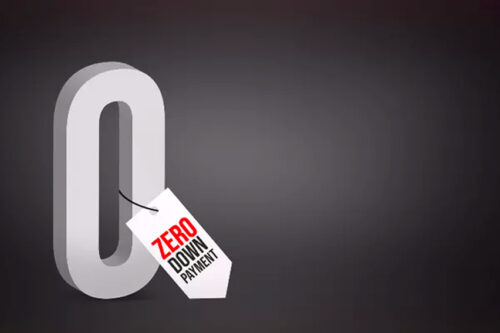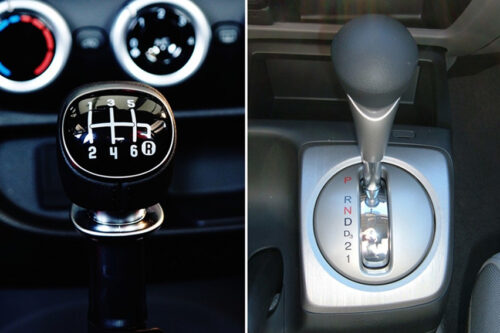Subaru, Toyota, Mazda showcases planned combustion engines for electrified era
Trio of Japanese car brands highlighted individual engine development directions to lead towards carbon neutrality.
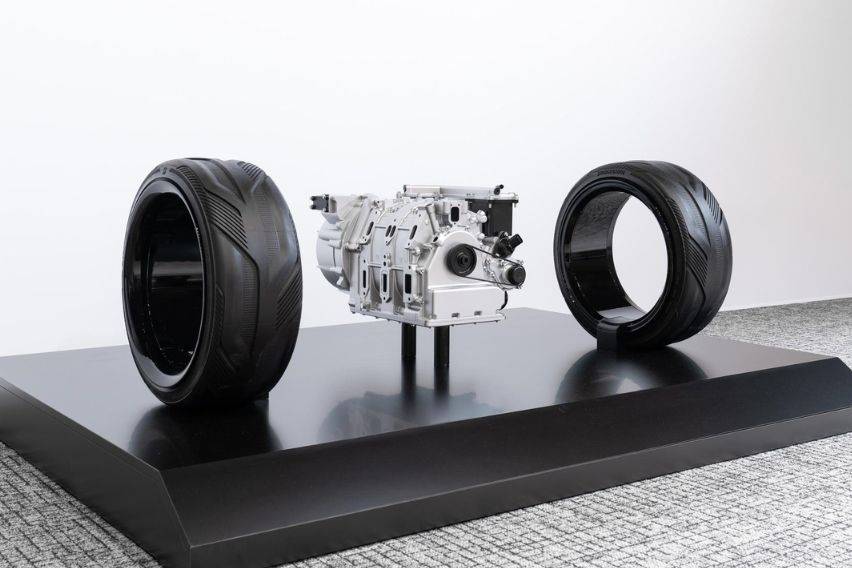
MANILA: Subaru, Toyota, and Mazda have already pledged to create new engines as the automotive industry moves towards electrification. To follow up on the latter, Toyota Times, the official news magazine of Toyota Motor Corporation, has shed more light on what kinds of engines the three Japanese carmakers are developing.
KEY TAKEAWAYS
What is Toyota developing to decarbonize combustion engines?
Toyota is currently developing smaller but more efficient inline-4 engines.What engine is Mazda developing to decarbonize combustion engines?
Mazda is currently working on new rotary engines that can run on carbon-neutral fuels.What is Subaru doing to make its engines carbon-neutral?
Subaru is working to develop the next-generation e-Boxer with a series-parallel configuration.To start, Subaru has shared details for its next-generation e-Boxer engine. Unlike the mild hybrid e-Boxer on the global versions of the Subaru Forester, the Shibuya-based company’s next iteration of the engine model will be a full-on hybrid that uses a series-parallel system.
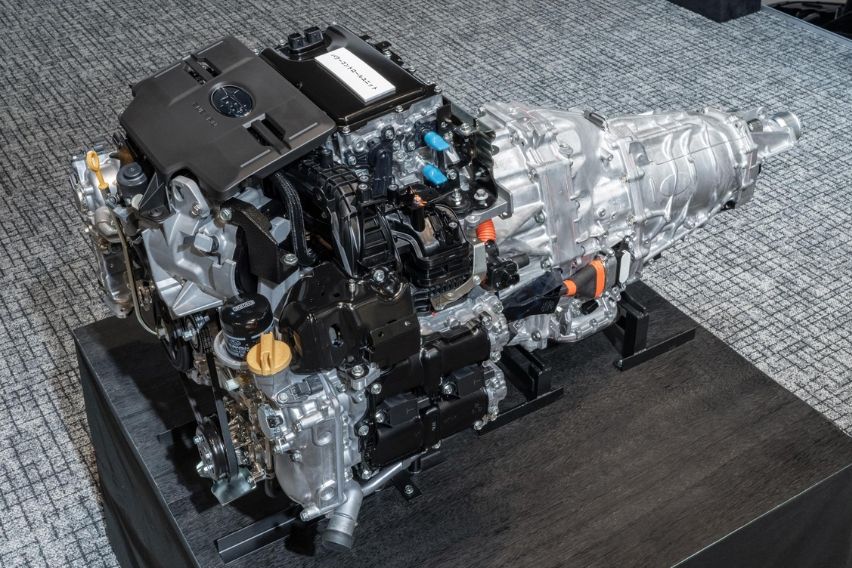
Series-parallel means that the next-gen e-Boxer's horizontally opposed internal combustion component will supply power to the vehicle’s wheels and charge an onboard generator as needed. The generator, in turn, powers a battery, which propels an electric motor for more torque.
Subaru likewise revealed an evolved version of its symmetrical all-wheel-drive. The carmaker claimed the drive system is more compact than ever before, with the generator motor, batteries, and drive motor all contained within a singular transaxle structure. As such, designers may be able to retain a large tank for added range.
Mazda, meanwhile, showed off prototypes for a new transversely mounted single-rotor engine and a longitudinally mounted twin-rotor rotary mill. The single-rotor version is designed specifically for battery electric vehicles (BEVs), whereas the twin-rotor version allows for a “revolutionary low center of gravity.”
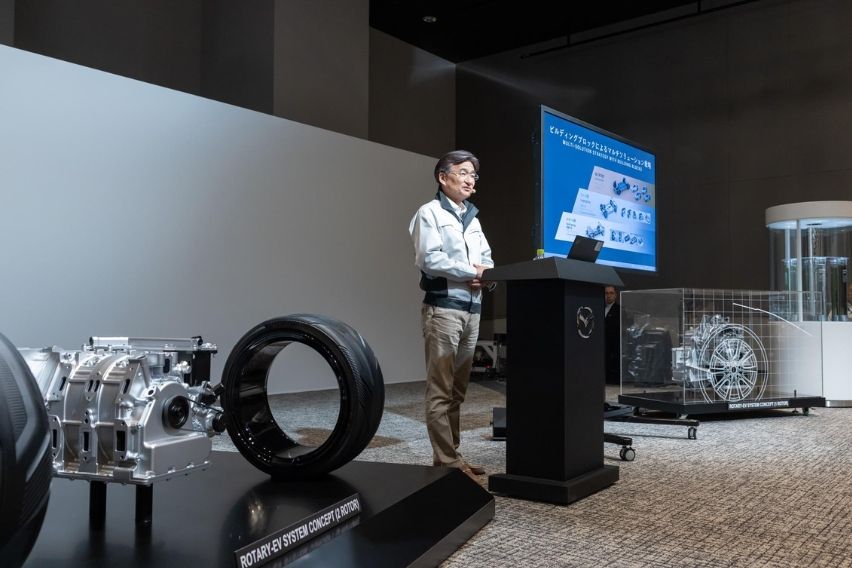
The Hiroshima-based car manufacturer says its next-gen rotary engines will leverage carbon-neutral fuels. The company says its rotary mills are compatible with algae biofuels, bio-derived methane, hydrogen, e-fuel, bio-diesel, and bio-ethanol, among others.
Thanks to the rotary’s inherent design, Mazda said it can withstand the rigors of using the carbon-neutral fuels listed above. It has no valves, making it less susceptible to the impact of a fuel’s lubricating properties. Plus, it has separate combustion and intake chambers, thus preventing heat build-up and unintended combustion of highly flammable fuels.
The Japanese car brand shared that it is currently working on making the aforementioned powertrains more compatible with the increasingly strict emissions regulations being imposed in several countries.
On the other hand, Toyota showcased its upcoming 1.5-liter and 2.0-liter engines. Both are currently in development, but the automotive firm highlighted its work on making the said engines compact.

Of note is that the brand's new engine designs both have four cylinders. The 1.5-liter engine will also come in a naturally aspirated version and a turbocharged version, while the 2.0-liter will be turbocharged. Despite being four-bangers, Toyota said the 1.5-liter and 2.0-liter prototypes already have 10 percent less mass and height compared to the current 1.5-liter inline-3 and 2.4-liter mills the brand uses on many of its currently available products.
In addition, the automotive company claimed that the 1.5-liter has 12 percent better fuel economy if fitted on a sedan. The 2.0-liter turbo, the Aich-based carmaker said, is 30 percent more efficient than the current 2.4-liter.
Both of the aforementioned engines will be combined with electric drive units in the future.
“By combining highly efficient, compact, and powerful engines with electric drive units, I believe we have expanded the potential for offering more affordable BEVs,” said Toyota Director, Executive Vice President, and Chief Technology Officer Hiroki Nakajima.
Photos from Toyota
Also read:
Toyota, firms start study to introduce carbon-neutral fuels in Japan by 2030
‘Evolved’ hydrogen-powered Toyota GR Corolla participates at Super Taikyu race
Sell your car at the best price
 Verified and genuine buyers
Verified and genuine buyers
Trending & Fresh Updates
- Latest
- Popular
You might also be interested in
- News
- Featured Stories
Featured Cars
- Latest
- Upcoming
- Popular
Car Articles From Carmudi
- journal
- advice
- financing
- insurance

